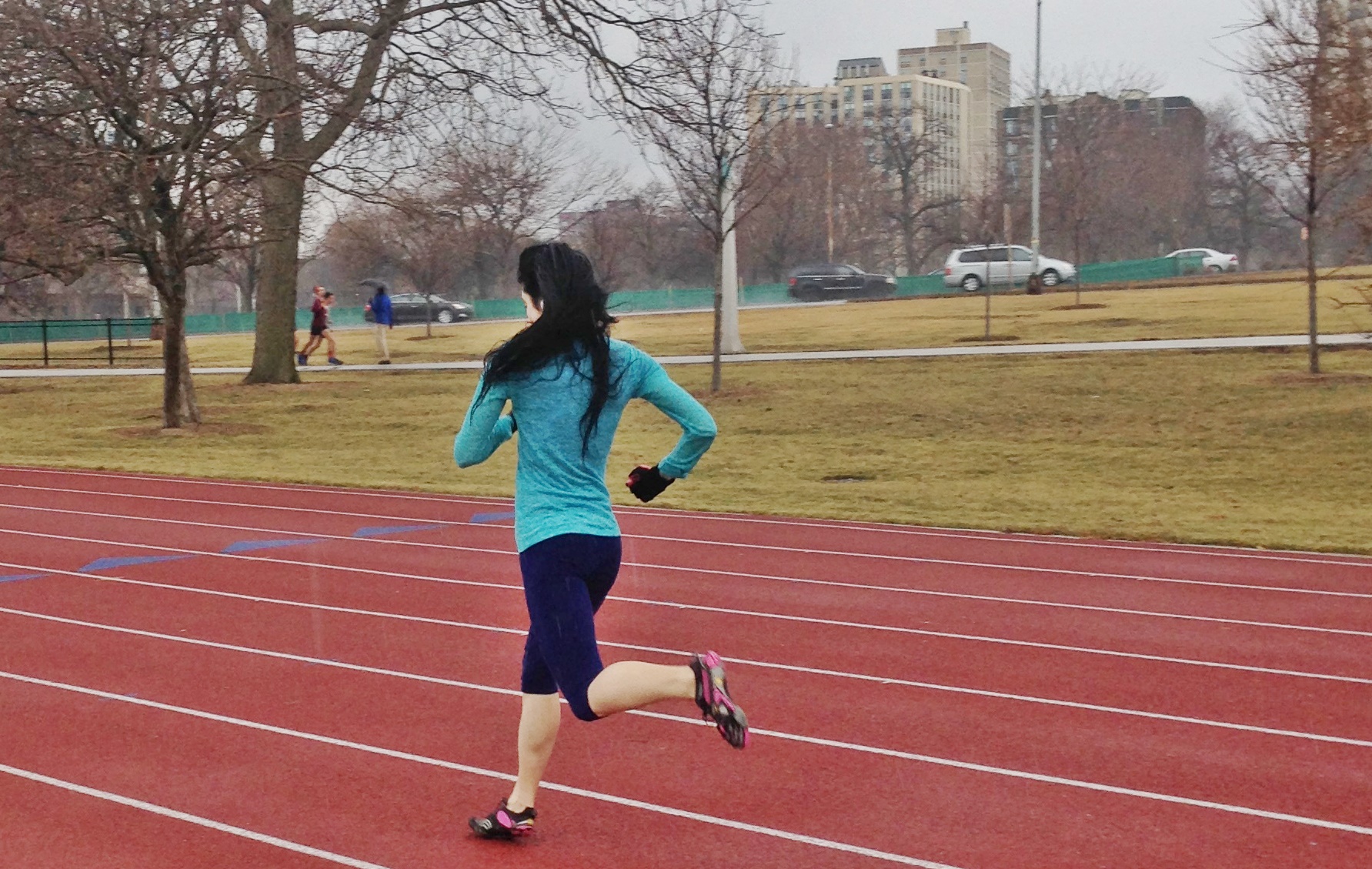Is forefoot running better for performance? Multiple lines of evidence suggests forefoot running enables us not only to run injury free, but also to perform better. Besides, the best runners in the world use a forefoot strike, not a heel strike, suggesting that forefoot running is well-suited to overcome limitations in performance.
Is Forefoot Running Better for Performance?

Here is the research supporting the popular idea that forefoot running improves performance:
Higher Pre-Activation of Working Muscles – Learn why the pre-activation of the calves and plantar flexors allow forefoot runners to save more energy than heel strike runners.
Better ‘Leg Spring’ at Faster Running Speeds – Learn how the legs act like ‘springs’, conserving more energy in forefoot running.
Smaller Vertical Displacement of the Hips – Learn how easy it is to use forefoot running as a means of reducing impact and mechanical effort.
Minimal Leg Extensor Activation – Understand that knee flexion in forefoot running saves energy in the leg.
Smaller Horizontal Distance Between Center Mass & Initial Foot Strike Position – Learn the difference between how an anterior and posterior center mass position affects energy expenditure in forefoot and heel strike running.
Better Ankle Dorsiflexion Control – This article points out a key factor that optimizes elastic energy storage in the Achilles tendon when running forefoot as opposed to running rearfoot.
More Elastic Contributions of the Arch & Achilles – Learn how forefoot runners naturally use the arch and Achilles tendon to their advantage for better performance.
Less Soft Tissue Vibrations – Did you know that forefoot runners vibrate less than heel strike runners? Find out how less whole body vibrations saves TONS of energy in forefoot running.
Smoother Stride – Learn how forefoot running increases the degree of stride smoothness as compared with heel strike running.
Increases Stride Angle – Find out how a higher stride angle in forefoot running lowers energy cost as compared with heel strike running.
Better Mass-Spring Capability – Discover how leg stiffness in forefoot running is an easy way to get your legs working like highly efficient springs.
No Tibialis Anterior Overload – Forefoot running is an excellent way to prevent shin injury. Discover how the shins are more protected and are more energy efficient in forefoot running than in heel strike running.
More Elastic Energy Storage – Here I address the two major energy suppliers in forefoot running that makes it a more efficient style of running than heel strike running.
Greater Momentum via Gravitational Acceleration – In forefoot running, gravitational acceleration is an easy way to save energy. Discover how gravity works to your advantage when forefoot running.
Final Thoughts
Forefoot running’s powerful role in performance allows you to succeed at achieving your personal bests by improving body/ground interactions. Still need more convincing on why forefoot running is so great? Click here to find out how forefoot running dominates heel strike running. And of course, to get the most out of forefoot running, the correct shoes are required! Read my latest reviews on barefoot like running shoes that help promote a forefoot strike.
More From Run Forefoot:
- Can Heel Striking Ruin Your Running Career?
- The DONTs of Learning Forefoot Running
- What Happens When You Become a Forefoot Runner?
- Learn Forefoot Running From Barefoot Running
Bretta Riches
BSc Neurobiology; MSc Biomechanics candidate, ultra minimalist runner & founder of RunForefoot. I was a heel striker, always injured. I was inspired by the great Tirunesh Dibaba to try forefoot running. Now, I'm injury free. This is why I launched Run Forefoot, to advocate the health & performance benefits of forefoot running and to raise awareness on the dangers of heel striking, because the world needs to know.
Latest posts by Bretta Riches (see all)
- Heel Strike Running Causes Slipped Discs - 25/04/2024
- How to Train Yourself to Not Heel Strike When Running - 24/04/2024
- Cushioned Running Shoes Found to Be Bad for Ankles - 23/04/2024


5yy1sw